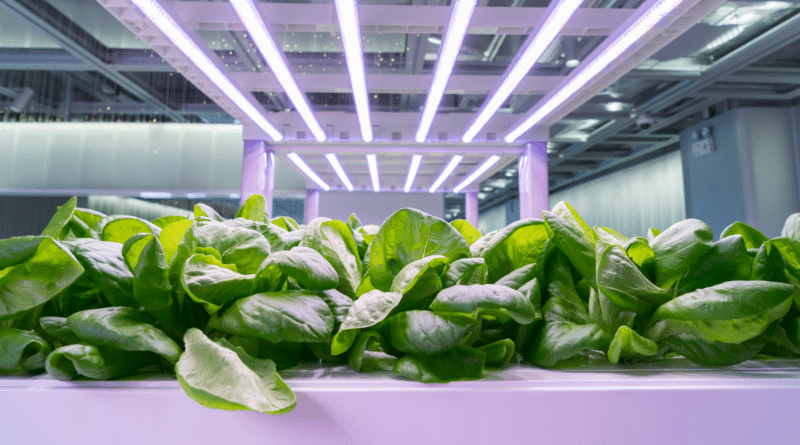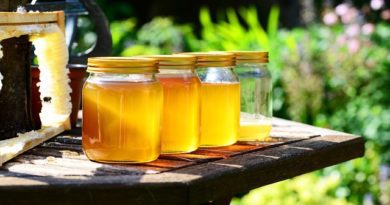Survival Harvest: Tips for a Flourishing Indoor Garden
Gardening isn’t just for those with sprawling backyards. Imagine your own green oasis, where lush herbs and crisp vegetables grow right in the heart of your home. For preppers and survivalists, an indoor garden is a step toward self-sufficiency, providing fresh produce at arm’s reach — regardless of outdoor conditions.
One vital tip that stands out is that pruning boosts herb vitality. Snipping your basil or thyme not only gifts you aromatic ingredients for tonight’s dinner but also spurs on bushier growth.
In this article, we’ll unfold secrets to transform even limited spaces into verdant plots brimming with life-giving crops. From smart gardens that manage their own needs to strategies ensuring each leafy resident thrives, we’ve got you covered with our perfect indoor garden guide. This guide will allow you to grow your own food and herbs all year without issue. Growing food has never been easier and more fun for the entire family.
Let’s get growing an indoor garden today!
Table of contents
- Key Takeaways
- The Benefits of Indoor Gardens
- Tips for a Successful Indoor Garden
- 1. Choose the right system indoor gardening system (such as Rise Garden or Click and Grow)
- 2. Optimize an indoor garden with professional-grade adjustable LED grow lights
- 3. Use self-watering and smart nutrient dosing systems
- 4. Consider modular systems for maximum capacity
- 5. Regularly add water, pH balance, and nutrients
- 6. Explore different plant varieties and pods with your countertop hydroponic indoor garden system
- Grow Your Own Harvest with an Indoor Garden — No Green Thumb Needed!
- FAQs
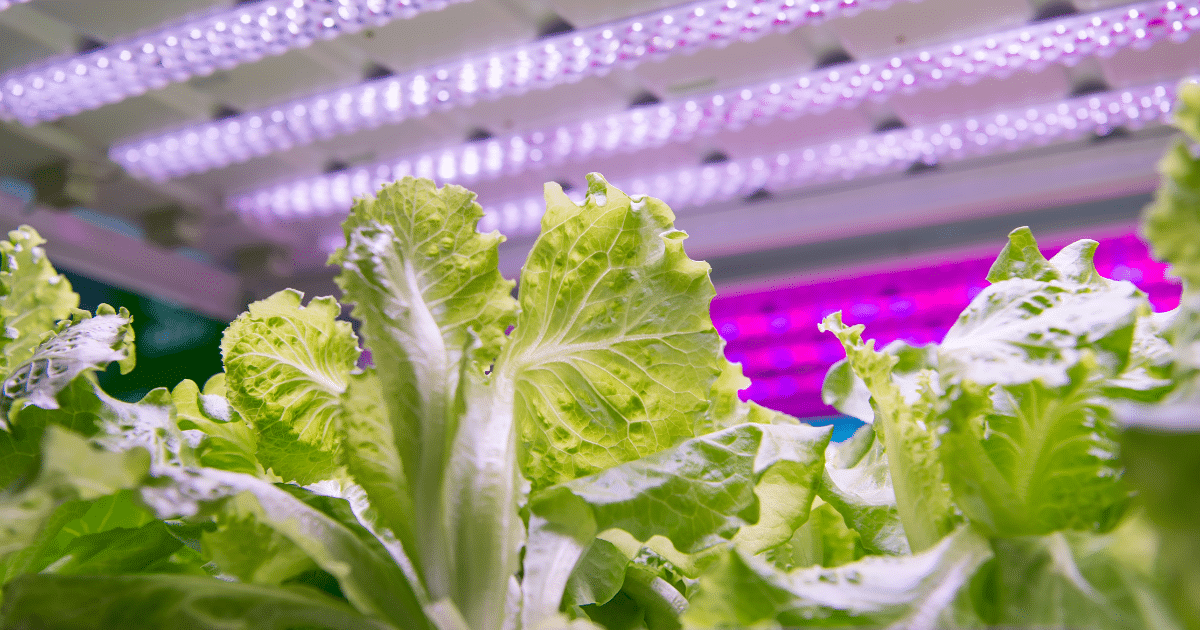
Key Takeaways
- Indoor gardens let you grow fresh produce and fresh herbs all year, even without a big backyard.
- Hydroponic systems and LED lights help plants grow fast and healthy indoors.
- Small indoor garden kits are easy to maintain, fitting well in tight spaces.
- With self-watering features and smart nutrient systems, taking care of your garden is simple.
- You can try growing many different plants like lettuce, basil, tomatoes, and even fruit trees inside.
The Benefits of Indoor Gardens
Indoor gardens offer numerous benefits, including the ability to grow fresh produce, herbs, and flowers all year round without the need for pesticides or excess waste. Their compact size also makes them easy to maintain and provides nutritious options for your diet.
1. Grow all year round with a hydroponic indoor garden kit
Having an indoor garden means you can harvest plants any season. Snow or rain won’t stop your greens from growing. You control the climate indoors, so lettuce and herbs sprout whenever you want them to, with the help of DIY systems that take all the guesswork out of things. Heck, you don’t even need much space at all or even a window sill in order to grow fresh herbs and food.
Fresh basil in December? Yes! Juicy tomatoes in February? Absolutely! Your garden’s success isn’t tied to outside weather when you have hydroponics technology at your fingertips. It doesn’t get much easier with self watering systems with a pump to circulate the water.
Choose a hydroponic system like Aerogarden for top results. These systems let plants grow faster than soil gardens do. They use water mixed with nutrients instead of dirt, which helps your veggies and herbs get what they need more efficiently.
Plus, LED grow lights mimic the sun so that your indoor crops flourish even without natural light. Your kids (as well as you) will have so much fun watching your seedlings go through the germination process right there on your countertop and turn into something you can put on your table to eat.
2. No pesticides or waste with a smart garden grow system
Indoor gardens shine because they don’t need pesticides. Bugs and diseases often stay away from your plants inside. You can grow herbs, vegetables, and flowers without harmful chemicals.
This keeps the food you want to grow safe and healthy to eat.
Related Article: Does It “Bug” You That Insect Ingredients Are in Your Foods?
Another big win is how these gardens cut down on waste. With traditional outdoor gardening, a lot of water and nutrients can get lost in the soil. But indoor systems like hydroponic garden kits capture all that goodness right where your plants need it most.

They use water wisely, which means every drop helps your plants thrive instead of washing away into the ground. Plus, you won’t be throwing out unused food since you pick what you need when it’s time to eat or cook.
3. Compact size for easy maintenance
Small indoor gardens make caring for plants simple. They fit well in tight spaces like countertops or windowsills. With these, you can manage water levels, trim plants, and add nutrients without trouble.
A compact garden system does not take much time to keep running smoothly.
Easy access is key with a small herb garden or hydroponic setup. You’ll have no problems checking on your sprouts daily. Keeping the water tank full and feeding your greens becomes a quick task when everything’s within reach.
Plus, pruning herbs to encourage bushy growth happens fast, thanks to the scale of your garden space.
4. Nutritious produce, herbs, and flowers
Grow nutritious produce, flavorful herbs, and vibrant flowers right in your home with an indoor garden kit. Indoor gardens provide a fresh supply of herbs and vegetables like cucumbers, lettuce, and radishes all year round, ensuring access to high nutritional value without worrying about pesticides or food waste.
Related Article: The Best Plant-Based Protein on Amazon [Top 10 Edition]
Enjoy the benefits of growing microgreens and aromatic basil pods using self-watering hydroponic systems that enhance nutrient levels for optimal growth. Harvesting your own herbs encourages bushy growth while enjoying the satisfying process of watching your plants thrive under professional-grade lighting — creating a sustainable source of organic produce at your fingertips.
Tips for a Successful Indoor Garden
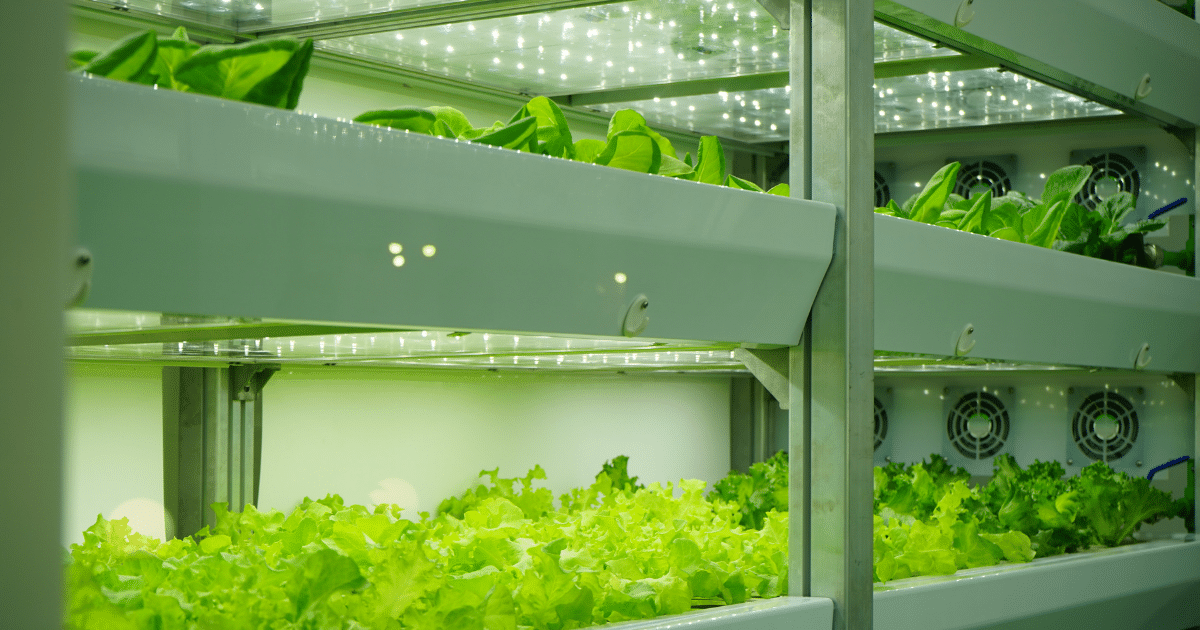
Choose the right indoor garden system, optimize with professional-grade lighting, and explore different plant varieties for a flourishing indoor garden.
Ready to take your indoor gardening to the next level? Keep reading for more expert tips and advice!
1. Choose the right system indoor gardening system (such as Rise Garden or Click and Grow)
Select the best indoor garden system for your needs based on the following considerations:
- Opt for a Rise Garden or Click and Grow system for a hassle-free indoor gardening experience.
- Prioritize systems with professional-grade lighting to ensure optimal plant growth.
- Consider self-watering and smart nutrient dosing systems to maintain plant health effortlessly.
- Look into modular systems for maximizing planting capacity within limited space.
- Keep up with regular maintenance, such as adding water, pH balancing, and nutrient supply.
- Experiment with different plant varieties to broaden your indoor gardening experience.
2. Optimize an indoor garden with professional-grade adjustable LED grow lights
Choose professional grade lighting to ensure your indoor garden gets the right amount of light. High-quality LED lights provide the full spectrum needed for plant growth. Position the lights at an optimal distance above your plants, and ensure they are on for 12-16 hours a day.
A good lighting setup can significantly boost yield and quality, providing your herbs and vegetables with the light they need for robust growth.
For ultimate success in your indoor garden, invest in adjustable LED lights, ensuring every corner receives adequate illumination. Rotate pots regularly to give all plants equal access to light.
3. Use self-watering and smart nutrient dosing systems
Select systems equipped with self-watering features to maintain consistent moisture levels for your plants without constant monitoring. Ensure that the smart nutrient dosing mechanism supplies the ideal blend of nutrients, promoting robust growth and health.
Related Article: Storing Water and Creating Water for Survival in Your Home
This proactive approach minimizes maintenance while maximizing your indoor garden’s productivity, making it perfect for prepping and survivalist needs.
4. Consider modular systems for maximum capacity
Explore modular gardening systems to maximize your indoor garden space. These systems, like the Aerogarden Bounty Elite or the Rise Gardens Modular Planters, allow you to add more growing pods as needed.
This flexibility lets you grow a wide variety of plants simultaneously and expand your yield without taking up extra space. Maximize your potential harvest by selecting a modular system that fits your needs and supports different plant varieties, giving you the freedom to experiment with various herbs and vegetables all year round.
5. Regularly add water, pH balance, and nutrients
To keep your indoor garden thriving, it’s crucial to maintain the right water and nutrient balance. Here’s a detailed guide to help you achieve this:
- Check the water level in the reservoir every few days.
- Add water as needed to maintain the optimal level for your specific system.
- Test and adjust the pH balance of the water regularly to ensure it’s within the ideal range for plant growth.
- Monitor the nutrient levels and refill as necessary using the recommended products for your indoor garden.
- Keep a schedule for adding nutrients, typically every 1-2 weeks, following the instructions provided with your system.
- Use high-quality fertilizer to provide essential nutrients for vigorous plant growth.
- Consider investing in a smart nutrient dosing system for precise and automated nutrient management.
- Pay attention to any signs of nutrient deficiencies or imbalances in your plants and adjust accordingly.
6. Explore different plant varieties and pods with your countertop hydroponic indoor garden system
Discover the array of plant varieties suitable for your indoor garden, from vibrant herbs like basil and mint to leafy greens such as lettuce and kale. Experiment with growing strawberries, tomatoes, or even compact fruit trees like dwarf citrus for a diverse harvest right within your survival space.
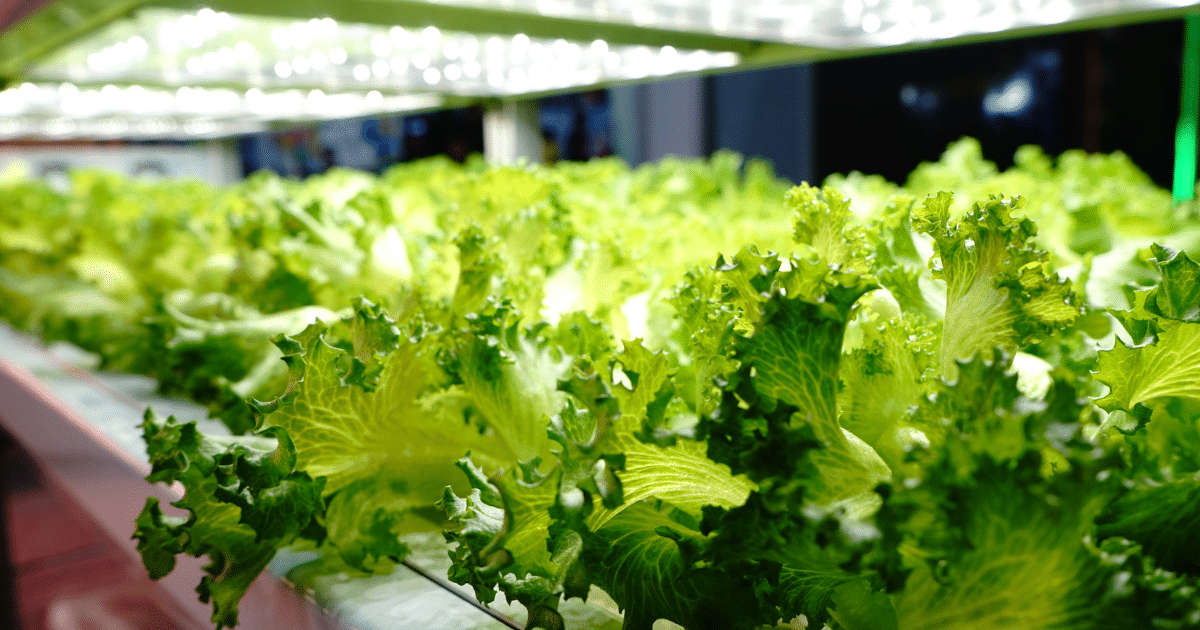
Embrace the opportunity to cultivate your favorite edible plants, whether it’s aromatic herbs for seasoning or nutritious vegetables that contribute to self-sufficiency in uncertain times.
Related Article: Is Plant Protein Finally Sprouting and Showing Some Growth?
Venture into nurturing an assortment of plants tailored to suit your taste preferences and nutritional needs, broadening the scope of produce available at arm’s reach while enhancing the flavor profile of your homegrown meals.
Grow Your Own Harvest with an Indoor Garden — No Green Thumb Needed!
Overall, indoor gardens offer year-round benefits with compact, pesticide-free produce. Choose the right system and optimize lighting and watering for success. Experiment with different plant varieties to enjoy a flourishing indoor garden all year long.
As a side note to close out this article, if you want to support our website and are in need of any tactical gear (or any product for that matter), anything you purchase using our links below will provide us with a small commission. We don’t charge for our free content and our goal is to keep it that way. We don’t have a Patreon account to put things behind a paywall, nor do we sell pics of our feet on OnlyFans.
If you choose to use the links below and make a purchase (at no additional cost to you), we greatly appreciate your support as it helps us continue to publish free content (like this article) on our website:
- Optics Planet (use code SAS5 at checkout for 5% off)
- Amazon
We have also partnered with CCW Safe. It’s the concealed carry coverage that I personally have for myself and my family in the event we need to defend our lives. Feel free to use our CCW Safe link to sign up and get some coverage to protect yourself and your family.
Also if you have a product you would like us to check out and potentially review, please contact us and let’s discuss.
FAQs
A hydroponic indoor garden is a way to grow plants without soil, using water and nutrients. It’s perfect for growing herbs, lettuce, and more right inside your home!
Yes! With stackable designs and modular systems like the Gardyn or Aerogarden Harvest, you can grow up to 36 plants — even if you just have a little space.
Not really! A good grow kit will include pretty much everything: seed pods, a watering system — some even have wifi capabilities now — and there are DIY options, too.
It might surprise you, but weekly maintenance is usually enough! You’ll want to check the water level and the health of your greenery regularly, though.
Absolutely! These systems are designed for everyone — from newbie gardeners who’ve never grown anything to those with a green thumb looking for convenience.
Just find a spot that gets light — like on your windowsill — and make sure it’s near power so you can plug in the water pump or lights if needed.


*Disclosure: This article may contain affiliate links or ads, which means we earn a small commission at no extra cost to you if you make a purchase through these links. These commissions help support the operation and maintenance of our website, allowing us to continue producing free valuable content. Your support is genuinely appreciated, whether you choose to use our links or not. Thank you for being a part of our community and enjoying our content.
PLEASE CONSIDER SHARING THIS ON YOUR SOCIAL MEDIA TO HELP OTHERS LEARN MORE ABOUT THIS TOPIC.


